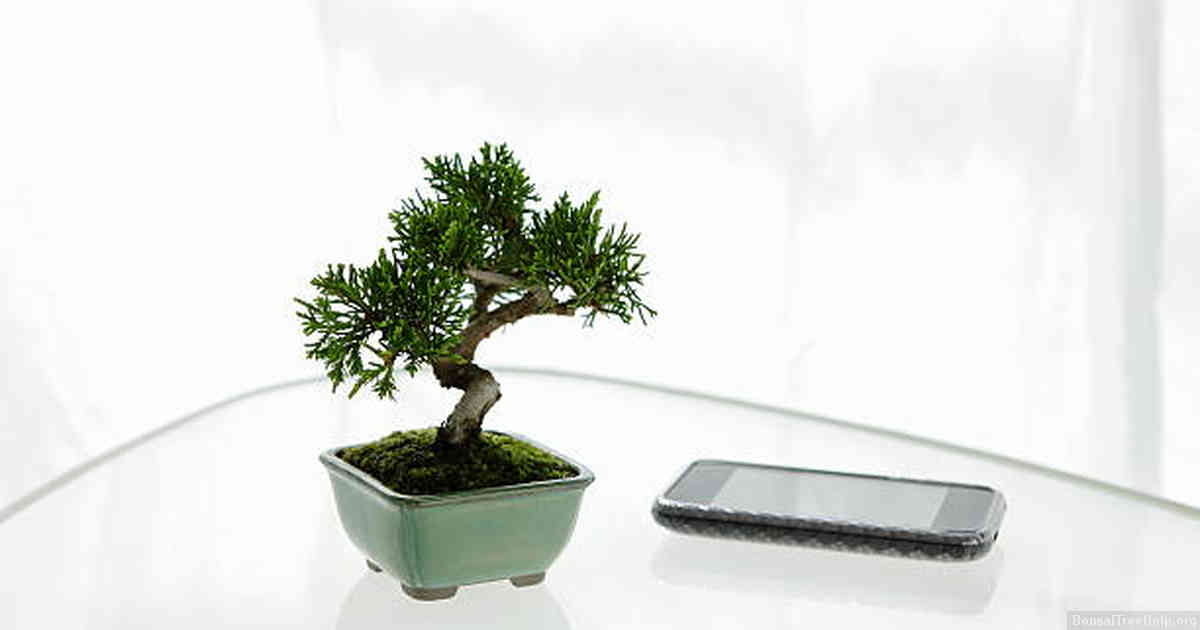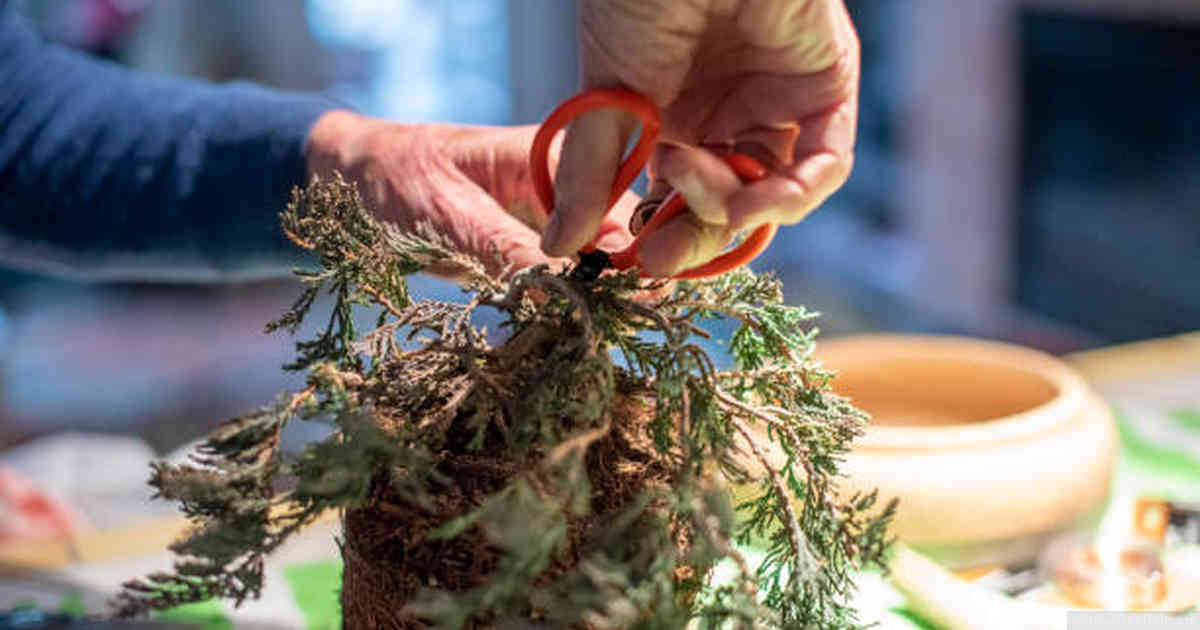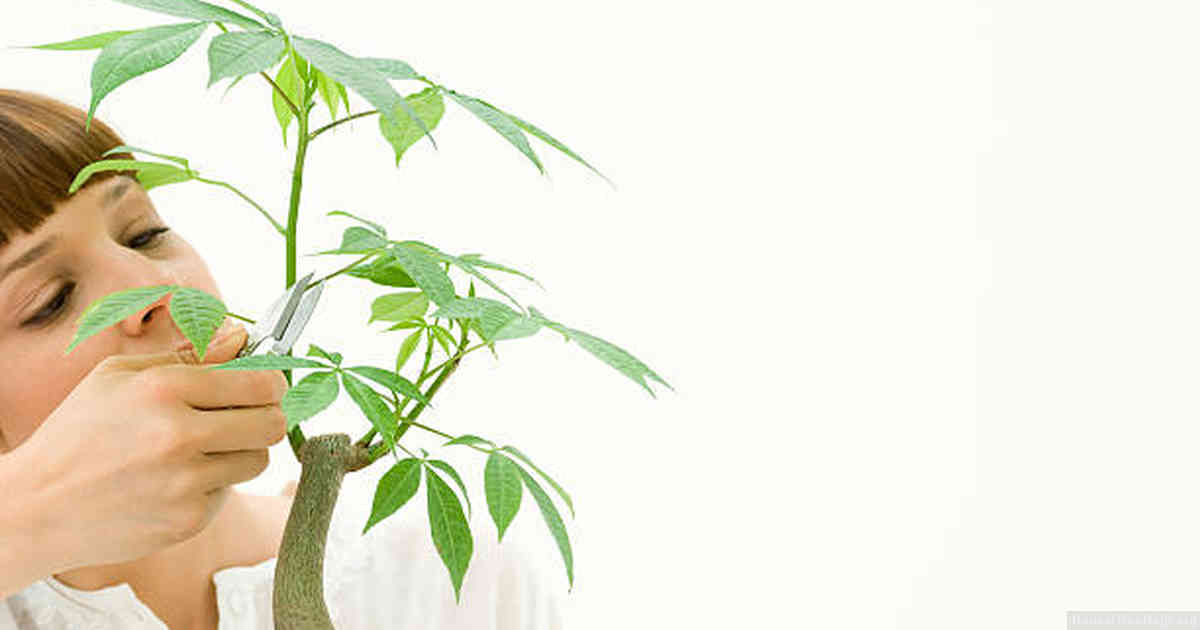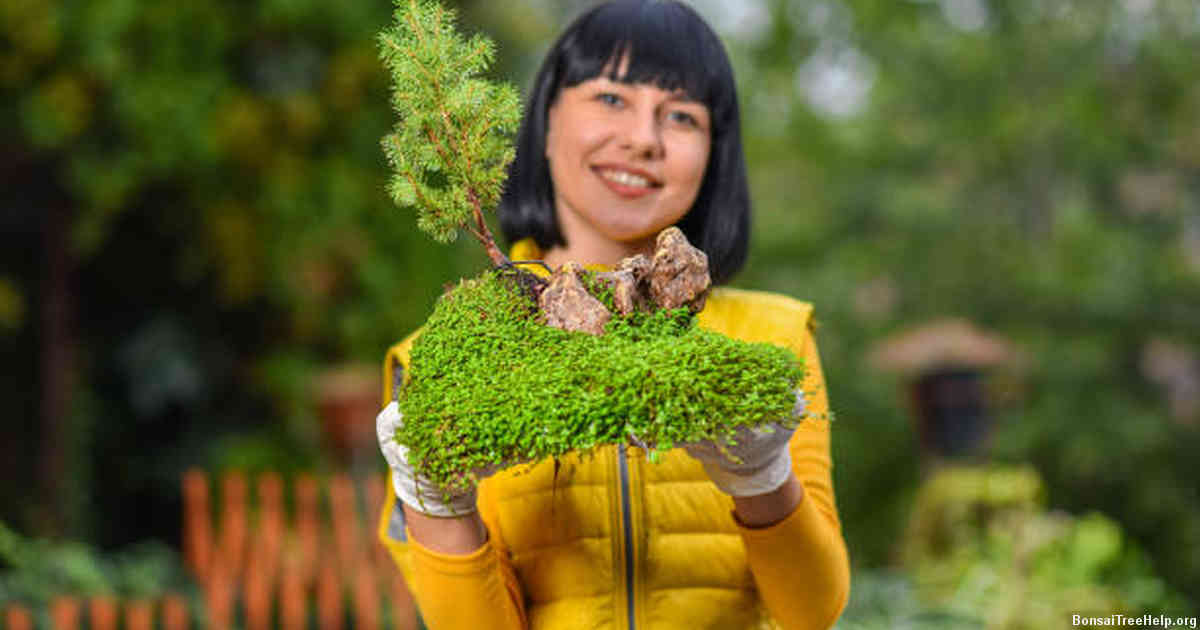
Defoliation should be done on deciduous bonsai trees in the spring, when new growth appears but before leaf size has reached its full potential. The best time to defoliate is when approximately 30-50% of the leaves have opened and while they are still relatively small. Defoliating at this stage will encourage smaller foliage and shorter internodes as well as promote a denser branch structure. Doing it any later could cause damage or even death to your bonsai tree.
Contents:
- Introduction to Defoliation in Bonsai Care
- Factors to Consider Before Defoliating Your Bonsai
- Techniques for Defoliating Your Bonsai
- Timing Considerations When Defoliating Your Bonsai
- Benefits and Risks of Defoliation
- Common Mistakes to Avoid When Defoliating Your Bonsai
- Conclusion: Is Defoliation Right for Your Bonsai?
Introduction to Defoliation in Bonsai Care

Bonsai care can be a complex endeavor that requires knowledge and practice to achieve the best results. Defoliation is an important part of bonsai care, yet many beginners may not know when or why it should be done. The art of defoliation involves carefully removing foliage from your tree in order to promote further growth, as well as create more aesthetically appealing features for your bonsai specimen. With careful observation, attention to detail and experience, one can use this technique masterfully to sculpt the perfect form.
Defoliation should typically only be done with deciduous trees such as maples, elms or oaks; while coniferous varieties should generally be avoided due to their slower rate of regrowth after the foliage has been removed. As a general guideline you will want to schedule defoliations between late spring and early summer before temperatures rise too high and damage the tree’s tender new leaves or needles. For optimal timing choose a period just prior to bud break, which is when sap flow begins increasing rapidly in preparation for leaf formation – this is also known as ‘spring bloom’ season.
When performing a defoliation it is important that you are precise about which branches are targeted for removal and take care not to over-prune the entire tree at once – overly aggressive pruning risks stunting the growth of weaker branches on smaller trees; instead opt for selective pruning towards specific areas so as not overwhelm them all at once. Use sharp scissors and thinning shears rather than hedging clippers and cut away any dead wood with caution in order to avoid risking further damage during each session. Remember that regular but small doses of defoliation aid healthy development by keeping plant vitality intact; however if done improperly it could cause long term harm.
Factors to Consider Before Defoliating Your Bonsai

When caring for a bonsai tree, it is important to understand when to defoliate. Defoliation is the process of removing leaves from a bonsai in order to shape and sculpt its appearance. Though essential for maintaining the health of the bonsai, improper or excessive defoliation can permanently damage the plant. Therefore, prior to beginning any process of defoliating your bonsai, there are certain factors you must take into account.
The time of year when you plan on defoliating is extremely important. Depending on the specific species you own, some have different growing cycles that differ significantly between winter and summer seasons. For example, deciduous trees with broadleaf foliage may respond well to pruning during late winter while conifers will be much more affected by mid-summer trimming since they carry their needles all year round. Thus, timing plays an integral role in successful defoliation as season changes can drastically affect how your bonsai responds and grows afterwards.
It is also crucial that you inspect your tree beforehand and get acquainted with its current condition before deciding whether or not it’s ready for a bit of trimming or leaf removal procedure. Checking if there is any dieback present – weakened dead sections – as well as looking out for scale bugs and disease infections are necessary steps which should never be overlooked prior to doing any sort of defoliating works on your bonsai tree so as not to further endanger its overall health and vitality. By being mindful about such details and assessing how prepared your particular bonsai species is beforehand will help ensure safer results later down the line after having completed this delicate process properly.
Techniques for Defoliating Your Bonsai

Defoliating your bonsai is a delicate process which should be done at the right time. While it’s an important step in taking care of your plant, you must also be careful to not strip too many leaves or risk harm to your bonsai. Knowing when and how to defoliate can help keep your bonsai healthy and vibrant for years to come.
The ideal time for defoliating depends on the type of tree you own and its specific needs, but typically occurs between late spring and early summer. Before beginning, use tweezers to check each leaf individually while gently tugging them off one by one in order to avoid any damage that could occur with full-on stripping. Be sure to pay close attention so you do not pluck off branches along with the leaves as this can stunt further growth or cause irreparable damage.
You want the leaves removed cleanly from their stems so be sure to double-check all areas of your plant before deeming yourself finished. Pruning scissors are a useful tool for cutting away any stubborn roots that remain connected after removing the leaves from their stem base. Keep in mind that large trees may require more than one session as part of their maintenance routine so scheduling multiple visits might necessary if thoroughness is desired.
Timing Considerations When Defoliating Your Bonsai

Bonsai is an art form that requires patience and practice, as well as knowledge of proper techniques. As such, deciding when to defoliate your bonsai is a crucial part of achieving the desired results. If you do it too soon or too late, you risk damaging your beloved plant and ruining its aesthetic appeal. Therefore, timing considerations should be taken into account prior to embarking on the defoliation process.
The first step in deciding when to begin the process of defoliating your bonsai is determining what species of tree it is. Different types require different approaches due to their varying levels of tolerance for trimming and thinning out foliage. For example, evergreens like junipers are more susceptible to damage from aggressive pruning compared to deciduous trees like elms which will benefit from heavier branch removal as part of the general grooming routine. Certain varieties – such as broadleafed hinoki cypress – may need light leaf removal throughout the year rather than heavy thinning out once per season.
Once you have established which type of tree you have and identified how much foliage needs removed each time you groom it, you can begin scheduling when exactly during the season you should start defoliating your bonsai in order to achieve optimum results without stressing or damaging your beloved specimen. Generally speaking however, most trees benefit from having their leaves cleared away during late summer since this gives them a few months until winter dormancy sets in for restorative energy-harvesting purposes before leaf-budding starts again early spring – allowing your treasured bonsai plenty time to heal any wounds caused by the branch trimming or thinning out process associated with defoliation before new growth begins in earnest come summertime again next year.
Benefits and Risks of Defoliation

Defoliation, or leaf-removal, is a technique used to shape bonsai trees. When carried out correctly, this method can result in a dramatic transformation of your tree’s appearance and provide more space for new growth. However, it’s important to understand the benefits and risks associated with defoliation before making such a drastic change to your plant.
One of the key benefits of defoliation is that it promotes increased bud growth on new shoots. This helps to make your bonsai fuller while also allowing you to refine its branch structure. Removing leaves encourages the roots to become stronger because they need to work harder in order produce enough energy for new growth. During times when there are already too many leaves for light to penetrate evenly through the canopy; defoliating can help promote even distribution throughout all sections of the tree which ultimately leads improved air circulation and better overall health of your bonsai.
However there are some potential hazards involved with defoliation as well – if done incorrectly or inappropriately you can risk causing irreparable damage. It’s essential that only fully mature leaves are removed since younger ones may have not yet developed enough nutrients that contribute towards healthy foliage development. Also, this process should be accompanied by regular fertilization so that new buds receive sufficient amounts of nourishment after being formed from leaf-less branches. Therefore it’s best practice only execute this process under direct supervision from an experienced bonsai master who knows exactly how much foliage should remain intact at any given time in order maintain optimal balance between aesthetic beauty and healthiness of your tree.
Common Mistakes to Avoid When Defoliating Your Bonsai

Defoliating your bonsai is an important part of its grooming and care. However, with any kind of plant maintenance, mistakes can be made that can have serious consequences for the health of your tree. Defoliation should not be approached carelessly, and common mistakes need to be avoided in order to ensure a healthy outcome for your bonsai.
One mistake often made by inexperienced defoliators is removing too many leaves at once from the same branch or area of the tree. It’s easy to remove several leaves without realizing it due to their small size, but this can cause shock to your bonsai as it has lost an excessive amount of chlorophyll (photosynthetic) producing capacity all at once. To minimize this risk, only remove one or two leaves from each branch during each session.
Another important consideration when defoliating a bonsai is ensuring the proper timing. Defoliation generally takes place in late spring or early summer since foliage loss during this period won’t inhibit growth rate due to active growth occurring between May-September in most climates around the world. Applying defoliation outside these parameters could lead to shock and stunt growth on more sensitive plants such as conifers which might take several months before they begin exhibiting normal growth again depending on how severe the shock was upon application.
If you’re considering applying any type of chemical treatments after defoliation such as insecticides or fungicides ensure that they don’t interfere with newly developing buds by giving ample time for them mature into full grown foliage before administering treatment measures on them otherwise you could end up stripping away any progress made through successful defoliation efforts prior so proceed cautiously.
Conclusion: Is Defoliation Right for Your Bonsai?

Defoliation of a bonsai is an important step in its cultivation. It’s not something to take lightly as it can have a great effect on the overall health and appearance of your tree. While there are many benefits associated with defoliating your bonsai, it is also possible that if done incorrectly or too frequently, it could cause damage to the foliage, leading to diminished quality. As such, careful consideration should be given before deciding whether this practice should be implemented into one’s routine.
The ideal time for defoliating typically occurs after dormancy when temperatures are cool enough that the leaf buds won’t get damaged during the process. Whether you choose to do so or not will depend greatly upon several factors including climate conditions and species of bonsai. The experts recommend trial-and-error when determining what works best for your particular situation. When carried out correctly, defoliation can lead to larger leaves which enhance aesthetic qualities and promotes healthier growth by reducing competition between leaves for nutrients from within the plant’s own branches and trunk.
When considering whether defoliation is right for your bonsai, take into account all of these facts before making a decision either way – weighing up both potential risk along with any benefits you may gain from carrying out the procedure on your tree species at hand. Your location’s environmental conditions must also be taken into account; look up your specific microclimate’s temperature variations throughout winter months so you can determine proper timing more accurately and come prepared with knowledge necessary prior taking action as needed.
Leave a Reply